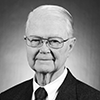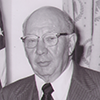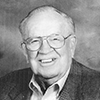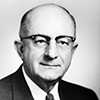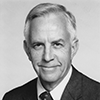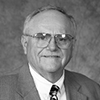Our department has a proud heritage dating back to the founding of Iowa State Agricultural College (later Iowa State University) as a land grant institution in 1869. We’ve seen extraordinary advancements in research and teaching methods since then. Still, we keep a dedication to excellence that has carried from past to present.
Department History
In 1869, Iowa Agricultural College (now Iowa State University) began offering classes in engineering and liberal arts and sciences. Civil engineering started in 1871 as one of two engineering curricula – the other being mechanical engineering. Classes were first held in Old Main (no longer in existence), the original building on campus. Classes in drawing, railways, sanitation (later environmental engineering), and surveying were first offered in the civil engineering curriculum. In 1872, Iowa State graduated its first class, including three civil engineering graduates. In 1883, civil engineering classes moved to Engineering Hall, the site of today’s Marston Hall.
In 1892, Elmina T. Wilson became the first woman to receive a bachelor of civil engineering degree at Iowa State College. Two years later, she earned a master of science, becoming the first woman to do so at Iowa State College. Soon after, from 1893 to 1904, she served as the first woman faculty member in civil engineering. Wilson collaborated with Professor Anson Marston on a water tower project just west of Engineering Hall in 1895. This became Marston Water Tower, completed in 1897 and the first elevated steel water tower west of the Mississippi River.
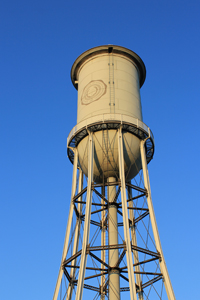
The civil engineering program attained department status in 1898. Six years later, the first degree specialization was offered – highways (highways meant some transmissible land route by automobile). In 1924, the first master’s degrees in civil engineering were conferred. The first doctoral degree was conferred in 1927. The civil engineering program was accredited in 1936 by the Engineers’ Council for Professional Development (ECPD). ECPD is now known as the Accreditation Board for Engineering and Technology (ABET).
In 1971, Engineering Building No. 2 was built to accommodate civil engineering and aerospace engineering instruction and research. In 1973, this building was named Town Engineering Building after George R. Town, dean of the College of Engineering from 1949 to 1970. Town Engineering Building exclusively housed civil and construction engineering curricula starting in 1999, when aerospace engineering and engineering mechanics moved to Howe Hall.
The department of civil engineering was changed to the department of civil and construction engineering in 1988. On March 12, 2003, the Iowa Board of Regents approved a new department name – Iowa State University’s Department of Civil, Construction and Environmental Engineering – to reflect environmental emphases in the civil engineering program.
By 2001, several Town Engineering Building labs were renovated or added to the original building, thanks to generous alumni and faculty support. Graduate courses were first offered online in 2005 through Engineering Distance Education. In 2012 this service became Engineering-LAS Online Learning, allowing courses in the College of Engineering and College of Liberal Arts and Sciences to be taught online. Starting in the early 2000s, ISU CCEE began collaborating with multiple departments on campus to bring interdisciplinary comprehensive curriculum to undergraduate and graduate students. The department currently offers study abroad opportunities in the United Kingdom and Italy to broaden the global opportunities available to engineering students.
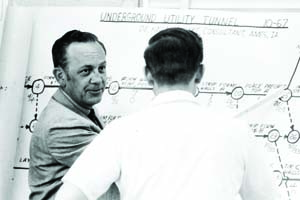
Thomas Jellinger
September 1960 heralded the birth of the Iowa State building construction curriculum. Headed by Thomas Jellinger, the original concept of the curriculum centered on teaching construction engineering based on best industry practices. In 1963, Iowa State graduated its first students in a bachelor of science in engineering operations.
By 1970, the building construction program became the construction engineering program. The program was first implemented in the 1971-73 Iowa State University General Catalog. Two emphases in construction engineering were in place: building and heavy-highway. A mechanical emphasis was added to the construction engineering program in the 1973-75 Iowa State University General Catalog. In fall 1976, the program was accredited by the Engineers’ Council for Professional Development, now called ABET.
Overseen by the department chair, faculty members appoint “professors-in-charge” of the construction engineering program and its associated activities. The construction engineering program at Iowa State has an evolving curriculum. Instructors adapt courses to best suit the contemporary construction industry climate. In 1991, Engineering News Record recognized the program as one of the top construction programs. Furthermore, Gourman Report recognized ISU’s Construction Engineering Program as the top construction engineering program in the country.
Iowa State and the Transportation Research Board (TRB) of the National Academies have been partners since TRB’s inception. In 1920, the federal government appointed Iowa State Engineering Dean and Professor Anson Marston as the Highway Research Board’s (now TRB) first chairman of the Executive Committee. He served a two year term. Professor Marston’s commitment to highway improvement placed Iowa State College at the forefront of national infrastructure innovation.
National highway improvements started in Iowa. Each spring in the 1920s, rains and melted snow caused roadways to become muddy, making it difficult to travel. With overwhelming farmer support, the State of Iowa granted Marston and Iowa State researchers a highway improvement project. Marston proposed a drain pipe, a culvert system that removed water from roads. Marston developed an earth load test, known as Marston load, for buried pipes that drained water from roads, preventing deep mud from forming on highways. Applying this performance specification significantly advanced highway technology.
A few years later, Marston recruited instructor Merlin G. Spangler (BSCE 1919) to solve the Marston load question on flexible pipes, an invention made since Marston developed a rigid pipe system for drainage. Spangler discovered the pipe-soil interaction at the sides of flexible pipes, demonstrating that good soil embedment is the basic structure of a drainage conduit. Marston and Spangler’s work served as inspiration for a larger highway system, and eventually the Interstate Highway System we know today.
In 1983, the Federal Highway Administration established the Local Transportation Information Center at Iowa State University as one of the 10 original Rural Technical Assistance Programs. Given major grant awards and increasingly diverse programs, the center changed its name to the Midwest Transportation Center in 1988, then to the Center for Transportation Research and Education in 1995. Its current name, the Institute for Transportation (commonly known as InTrans), was implemented in 2009.
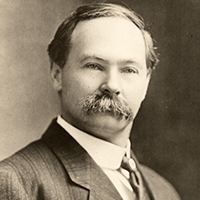 1892-1920 |
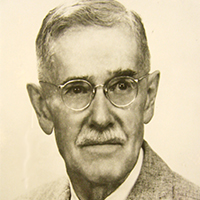 1920-1938 |
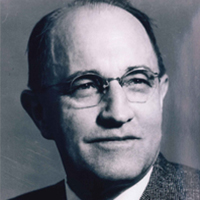 1938-1957 |
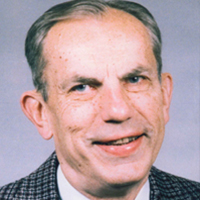 1959-1984 |
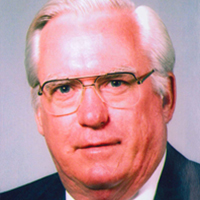 1985-1990 |
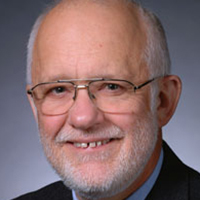 1990-2005 |
 2005-2011 |
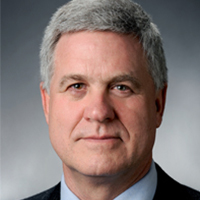 2011-2018 |
 2018-Present |
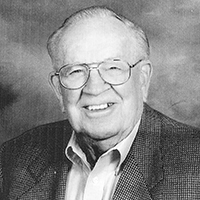 1960-1978 (taught 1960-1981) |
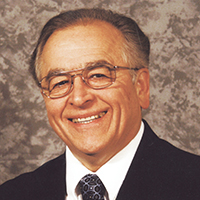 (taught 1972-1982, 1983-1986) |
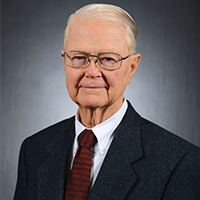 (taught 1977-1996) |
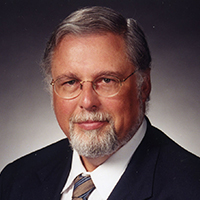 (taught 1986-2001)
|
 (taught 1990-2001) |
 (taught 1989-2011) |
 (taught 1993-present) |
Since 2010, the Iowa State University Construction Engineering Program has annually recognized individuals who have left significant marks on the construction engineering program, the construction industry, and their communities through their consistent service and achievement.
We are proud to have recognized the following individuals:
More to Explore
Check out what’s happening around the department.



